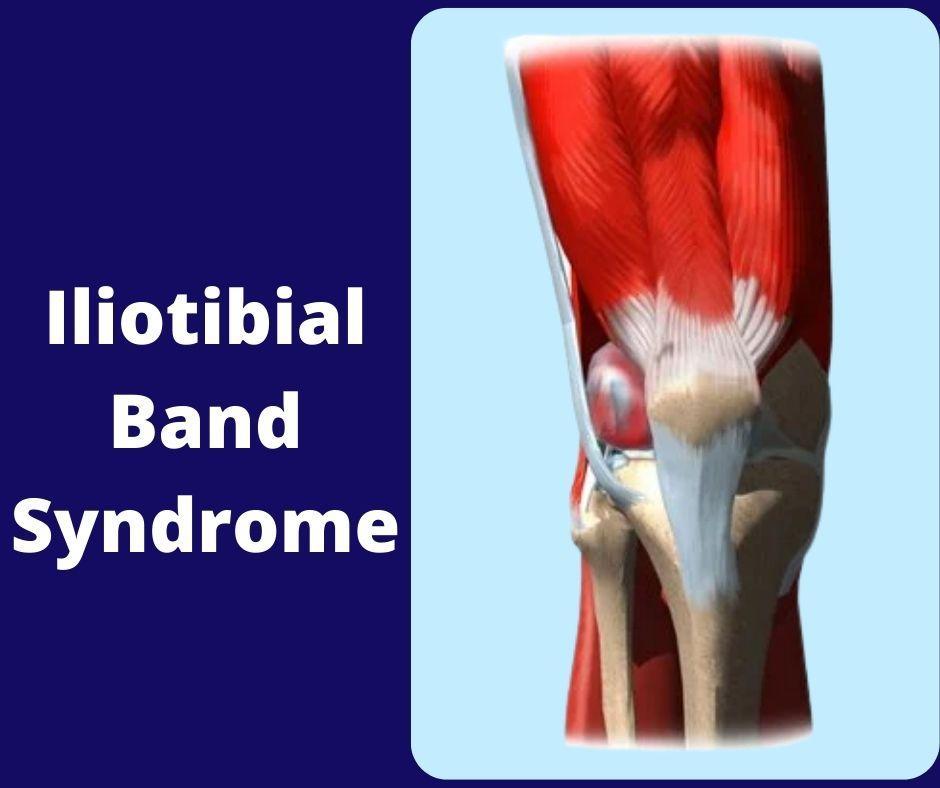You may have a tight iliotibial band syndrome if you’re an athlete feeling aching or acute pain on the outside of your knee or hip. A tendon called the iliotibial band may cause irritation if it rubs against the thigh or shin. More than one symptom may result from irritation and edema. It’s possible that you’ll need medical treatment, maybe including physical therapy, medication, or even surgery. Get in contact with Dr. Vikram Rajguru who is a specialist in Pune.
The term “Iliotibial band syndrome” (ITBS)
It occurs when the iliotibial band tendon becomes inflamed and irritated due to repeated rubbing on the thighbone or tibia. The tendon is external to the leg, beginning at the top of the pelvic bone and ending just before the knee.
When tension rises, it scrapes against the skeleton (tight). The tightening of your iliotibial band may occur for a variety of causes. Tendons are flexible, elastic-like fibrous structures that link your muscles to your bones. When you contract a muscle, you cause the tendon attached to it to pull on the bone, which in turn causes the bone to move.
The various forms of Iliotibial band syndrome
It may affect either one or both of your legs. Having ITBS in both legs is referred to as bilateral iliotibial band syndrome. Those who are most susceptible to this (ITBS) are runners.
Young, intense exercisers have an increased chance of developing the syndrome. Basketball players are among the most at-risk athletes for ITBS. Here, are the people who might get ITBS,
- Weightlifters
- Sportspeople who play hockey, soccer
- Runners
- Cyclists & Skiers
There are several personality quirks that put you at a little higher risk of developing this syndrome, even if you’re not an athlete. Reasons include:
- Sagging knees
- Being born with an unequal length of one or both legs
- Arthritic knee
- Inward rotation of the ankle, leg, or foot during walking
- Muscle weakness in the hips, buttocks, or abdomen
Is Iliotibial band syndrome common?
Experts highlight that this syndrome typically affects U.S. Marines during training. This affects around 20% of people. Long-distance runners and other frequent runners are also at risk. About 12 percent of all running injuries and it affect more women than men.
Conclusion
Aching and burning are common first pain descriptions from those who have iliotibial band syndrome. And when the condition worsens and the patient continues to work out their leg, the discomfort only increases. Explain to your doctor how the pain from this syndrome makes you feel, not simply where it is. If you are looking for the best treatment in Pune, get in touch with Dr. Vikram Rajguru.
About Dr.Vikram Rajguru
Dr. Vikram Rajguru is one of India’s first Interventional Regenerative Orthopedic and OrthoBiologic surgeons. He is one of a handful of surgeons in the nation that is both an Orthopedic Surgeon in Pune and an expert in the field of interventional Regenerative Orthopedics and Sports Medicine.
The Prolotherapy Clinic(PTC®) was founded by Dr.Rajguru as a response to the shortcomings so evident in “traditional medicine,” which largely places a premium on high patient turnover while neglecting long-term health care. PTC® is India’s first center dedicated to practicing regenerative procedures like Prolotherapy in an Orthopedic clinical setting.

